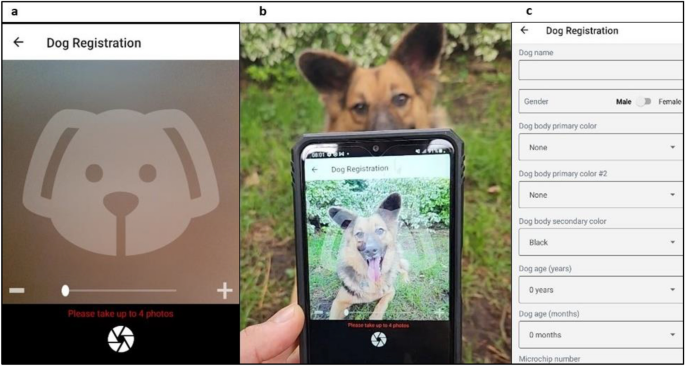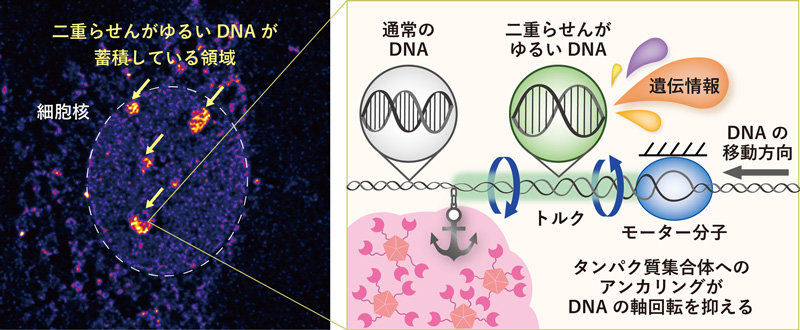2024-01-24 ワシントン州立大学(WSU)
<関連情報>
- https://news.wsu.edu/press-release/2024/01/24/facial-recognition-app-for-dogs-developed-to-help-in-fight-against-rabies/
- https://www.nature.com/articles/s41598-023-49522-2
ワクチン接種実施済み犬を識別するための新しい顔認識技術のテスト Testing novel facial recognition technology to identify dogs during vaccination campaigns
Anna Maria Czupryna,Mike Estepho,Ahmed Lugelo,Machunde Bigambo,Maganga Sambo,Joel Changalucha,Kennedy Selestin Lushasi,Philip Rooyakkers,Katie Hampson & Felix Lankester
Scientific Reports Published:12 December 2023
DOI:https://doi.org/10.1038/s41598-023-49522-2

Abstract
A lack of methods to identify individual animals can be a barrier to zoonoses control. We developed and field-tested facial recognition technology for a mobile phone application to identify dogs, which we used to assess vaccination coverage against rabies in rural Tanzania. Dogs were vaccinated, registered using the application, and microchipped. During subsequent household visits to validate vaccination, dogs were registered using the application and their vaccination status determined by operators using the application to classify dogs as vaccinated (matched) or unvaccinated (unmatched), with microchips validating classifications. From 534 classified dogs (251 vaccinated, 283 unvaccinated), the application specificity was 98.9% and sensitivity 76.2%, with positive and negative predictive values of 98.4% and 82.8% respectively. The facial recognition algorithm correctly matched 249 (99.2%) vaccinated and microchipped dogs (true positives) and failed to match two (0.8%) vaccinated dogs (false negatives). Operators correctly identified 186 (74.1%) vaccinated dogs (true positives), and 280 (98.9%) unvaccinated dogs (true negatives), but incorrectly classified 58 (23.1%) vaccinated dogs as unmatched (false negatives). Reduced application sensitivity resulted from poor quality photos and light-associated color distortion. With development and operator training, this technology has potential to be a useful tool to identify dogs and support research and intervention programs.


